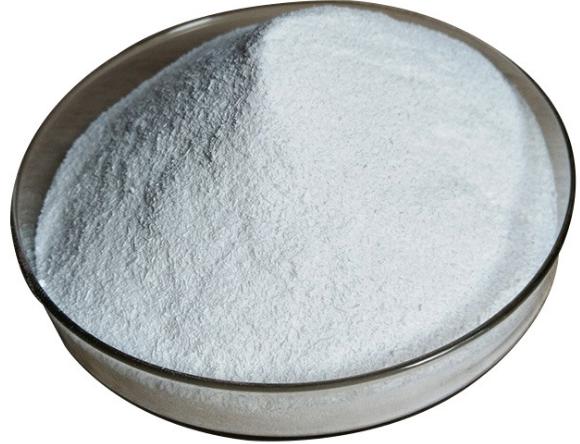Glutamate

Glutamate
Glutamic acid, also known as glutamic acid, is made from high-quality corn as the raw material, through saccharification, fermentation, and extraction. Glutamic acid plays an important role in the protein metabolism process in organisms and participates in many important things in animals, plants and microorganisms. chemical reaction.
Quality standard: implement GBT8967-2007
Item Excellent product Qualified product
L-glutamic acid content, %≥ 97 95
Specific optical rotation, [α]20D≥ 31.0 30.3
Light transmittance, %≥ 40 30
Sulfate (SO42-), %≤ 0.35
Food industry
Glutamic acid is one of the basic amino acids for nitrogen metabolism in biological organisms, and has important significance in metabolism. L-glutamic acid is the main constituent of protein, and glutamate is widespread in nature. Many foods and the human body contain glutamate, which is not only one of the structural amino acids of protein or peptide, but also free amino acids. L-type amino acids are more delicious.
L-Glutamic acid, also known as "glutamic acid" or written as "Fructus acid", is produced by fermentation with carbohydrate as raw material through microbial fermentation, and separated by "isoelectric point extraction" plus "ion exchange resin" The method is produced.
As an important nutrient for human growth, amino acids not only have special physiological functions, but also have unique functions in the food industry. There are mainly more than 20 kinds of amino acids that make up protein. The most commonly used amino acids in the food industry are glutamic acid, lysine, cysteine, cystine, threonine, arginine, valine, tryptophan, and alanine. Various amino acids have their own unique taste effects, among which sodium glutamate and glycine are more commonly used.
Sodium glutamate, commonly known as monosodium glutamate, is an important umami agent and has a potentiating effect on fragrance. Sodium glutamate is widely used as a food flavoring agent. It can be used alone or in combination with other amino acids. Used in food, it has the effect of enhancing flavor. The concentration in food is 0.2%-0.5%, and the allowable daily intake (AD1) per person is 0-120 micrograms/kg (calculated as glutamic acid). The general dosage in food processing is 0.2-1.5 g/kg.
Glycine has a sweet taste, and its synergistic effect with monosodium glutamate can significantly improve the flavor of food. As a flavor enhancer, glutamic acid can be used to enhance the taste of beverages and foods, not only can enhance the flavor of food, but also has a fresh-keeping effect on animal foods.

